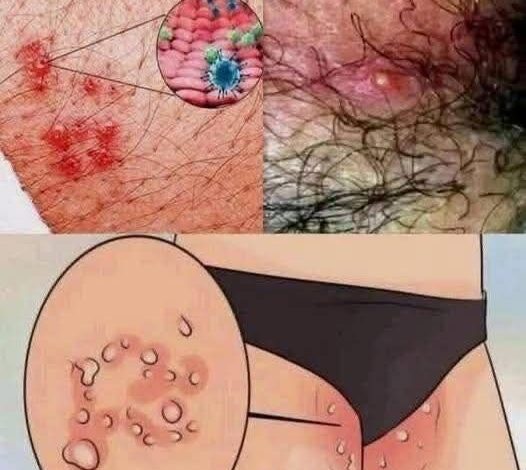Complete Guide to Oral Cancer: Early Detection, Treatment Options, and Prevention Strategies

Understanding Oral Cancer: A Growing Health Concern
Oral cancer, medically classified as head and neck cancer, represents a serious health condition that requires immediate medical attention and specialized treatment. This comprehensive guide covers everything you need to know about oral cancer symptoms, treatment options, and prevention methods.
Oral Cancer Statistics and Demographics
Recent medical data reveals concerning trends in oral cancer diagnosis:
- Age factor: Most cases occur in patients over 40 years old
- Gender distribution: Men show higher susceptibility rates than women
- Annual diagnosis: Healthcare professionals report significant increases in new cases annually
- Mortality rates: Early detection significantly improves survival outcomes
Healthcare professionals emphasize that early intervention through professional medical consultation can dramatically improve treatment success rates.
Types of Oral Cancer: Medical Classification
Primary Oral Cancer Categories:
- Lip carcinoma: Affects outer lip tissues and surrounding areas
- Tongue malignancy: Develops in tongue tissues and muscle structures
- Buccal mucosa cancer: Targets inner cheek lining and oral cavity walls
- Gingival carcinoma: Affects gum tissues and periodontal structures
- Floor of mouth cancer: Develops in lower oral cavity regions
Medical specialists recommend regular dental examinations every six months for early detection and prevention.
Early Warning Signs: When to Seek Medical Treatment
Critical Symptoms Requiring Immediate Medical Attention:
- Persistent oral lesions: Non-healing sores lasting more than two weeks
- Unexplained swelling: Abnormal enlargement in mouth or neck regions
- Oral bleeding: Recurring bleeding without obvious trauma
- Dental mobility: Loose teeth without periodontal disease
- Swallowing difficulties: Pain or obstruction during eating
- Neck masses: Sudden lymph node enlargement
- Chronic pain: Persistent ear, throat, or jaw discomfort
- Unexplained weight loss: Rapid weight reduction without dietary changes
- Neurological symptoms: Numbness in facial, lip, or neck areas
- Oral discoloration: Red or white patches on oral tissues
- Voice changes: Hoarseness or speech difficulties
- Xerostomia: Chronic dry mouth conditions
- Jaw dysfunction: Limited mouth opening or jaw stiffness
Healthcare providers stress that experiencing these symptoms doesn’t confirm cancer diagnosis, but warrants immediate professional medical evaluation.
Risk Factors: Understanding Oral Cancer Causes
Primary Risk Factors:
- Tobacco use: Cigarettes, cigars, pipes, and smokeless tobacco products
- Alcohol consumption: Excessive or chronic alcohol intake
- Combined use: Tobacco and alcohol together significantly increase risk
- HPV infection: Human papillomavirus-related oral cancers
- Sun exposure: UV radiation affecting lip tissues
- Poor oral hygiene: Chronic irritation and bacterial infections
- Nutritional deficiencies: Inadequate vitamin and mineral intake
Medical research indicates that lifestyle modifications can significantly reduce oral cancer risk factors.
Cancer Staging: Medical Classification System
Stage 1 (Early-Stage Cancer):
- Tumor size less than 2 centimeters
- No lymph node involvement
- No distant metastasis
- Treatment success rate: Highest with early intervention
Stage 2 (Localized Growth):
- Tumor measures 2-4 centimeters
- Limited to primary site
- No regional spread
- Treatment options: Surgery, radiation therapy
Stage 3 (Regional Spread):
- Tumor exceeds 4 centimeters OR
- Single lymph node involvement
- Treatment approach: Multimodal therapy recommended
Stage 4 (Advanced Cancer):
- Extensive local invasion OR
- Multiple lymph node involvement OR
- Distant metastasis present
- Treatment strategy: Comprehensive multidisciplinary care
Treatment Options: Modern Medical Approaches
Surgical Interventions:
- Tumor resection: Primary cancer removal procedures
- Reconstructive surgery: Restoration of oral function and appearance
- Lymph node dissection: Regional cancer control methods
Non-Surgical Treatments:
- Radiation therapy: Targeted cancer cell destruction
- Chemotherapy: Systemic cancer treatment protocols
- Immunotherapy: Advanced biological treatment options
- Targeted therapy: Precision medicine approaches
Supportive Care Services:
- Speech therapy: Communication rehabilitation
- Nutritional counseling: Dietary management during treatment
- Dental rehabilitation: Oral health restoration
- Psychological support: Mental health services
Prevention Strategies: Reducing Your Risk
Lifestyle Modifications:
- Tobacco cessation: Complete elimination of all tobacco products
- Alcohol moderation: Limiting alcohol consumption
- Healthy diet: Antioxidant-rich foods and vegetables
- Sun protection: UV-blocking lip products
- Regular exercise: Immune system strengthening
Professional Care:
- Dental checkups: Biannual professional examinations
- Oral cancer screenings: Specialized detection procedures
- HPV vaccination: Preventive immunization options
- Professional cleanings: Maintaining optimal oral health
When to Contact Healthcare Professionals
Seek immediate medical consultation if you experience:
- Symptoms persisting beyond two weeks
- Multiple concurrent warning signs
- Progressive symptom worsening
- Family history of oral cancers
- High-risk lifestyle factors
Early detection through professional medical evaluation significantly improves treatment outcomes and survival rates.
Medical Disclaimer: This information serves educational purposes only and should not replace professional medical advice. Always consult qualified healthcare providers for accurate diagnosis and appropriate treatment recommendations. Regular medical checkups and professional screenings remain essential for optimal oral health maintenance.